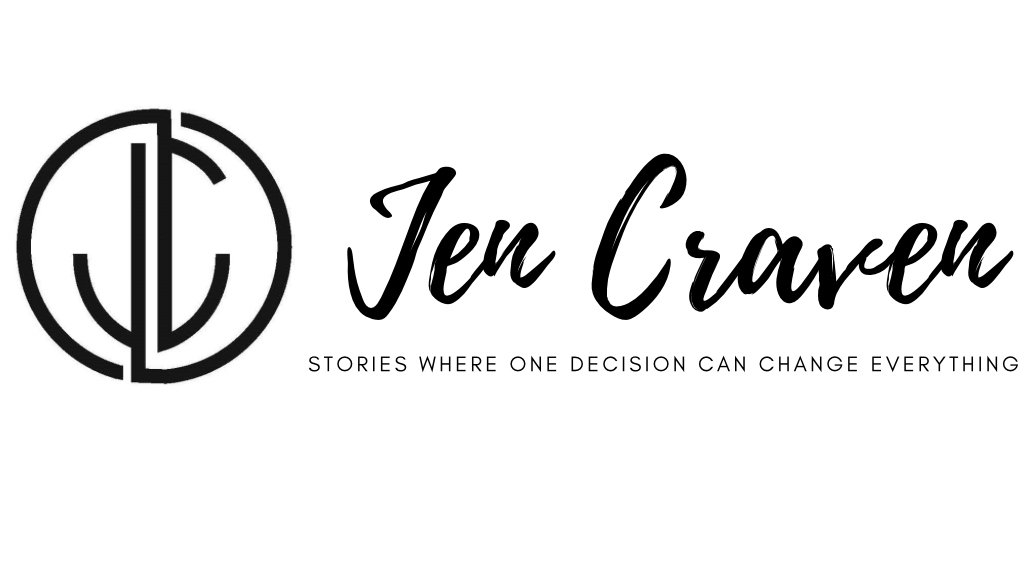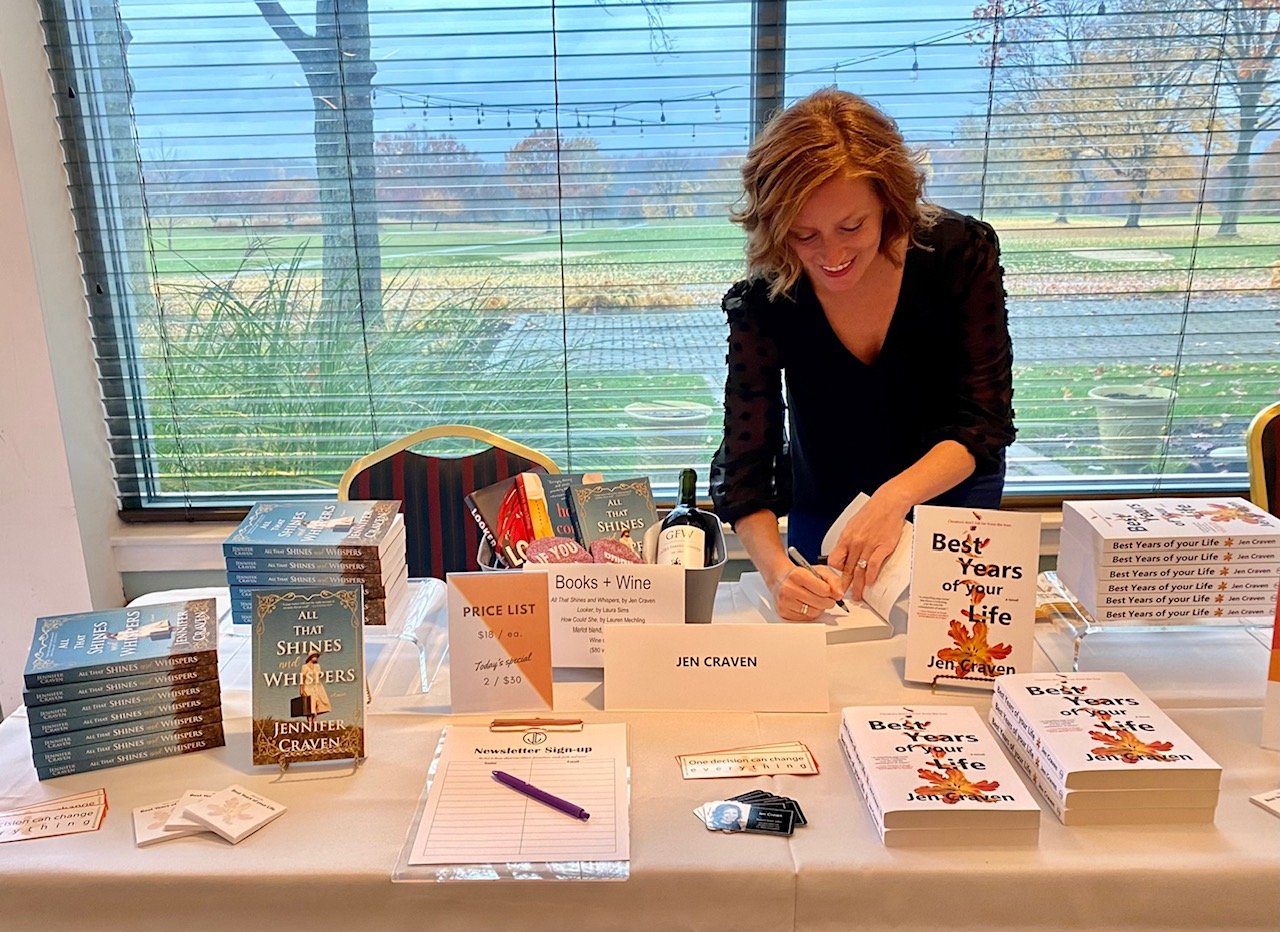Ultimate Book Signing Guide
Since the launch of “Best Years of Your Life” two months ago, I’ve heard from fellow indie authors asking about how to go about setting up book signings. What better way to share my personal experience and some tips than writing about it?! Thus, this rundown of securing signings for new releases, along with a checklist of what to bring on the big day.
Step 1: Reach out to your local bookstores
You might think that big chain stores won’t carry indie books, but that’s changing. More and more booksellers are understanding the shifting tide of interest in indie authors and the books they write. When “Best Years” was in pre-launch, I visited my local Barnes & Noble and talked to the store manager. She was not only excited about my book, but agreed on the spot to host a signing once it was released. All it took was for me to ask. And I do think there’s a difference between pitching a book in person versus over email. When you speak with excitement and confidence about your book, it’s hard for others not to be excited too. After all, you’re pitching yourself in a way, not just the book.
Independent bookstores, not surprisingly, are often more open to books outside the catalogs of the Big Five (Four?) publishing houses. I was able to connect with three indie bookstores in my area who were happy to carry my book and schedule a signing.
Step 2: Schedule for peak traffic time
Your goal is to sell books, so it makes logical sense you’d want to schedule your signing for when the greatest number of people frequent the store. Whether that’s a weekend over the lunch hour, or an evening after work, talk to the store owner or manager to get their input—they know their store and shoppers best.
Step 3: Publicize!
Once your signing is booked, take advantage of any and all free marketing to publicize the event. Post on social media, your website, and even send a brief note or press release to local media. Sometimes the store might create a Facebook event, which you can share to your own page. Drumming up interest is important because people can’t come support you if they don’t know where you’ll be. Don’t be shy! This is a crucial part of self-marketing—you have to think of it as a business.
Step 4: Decide on Payment Options
Bookstores will want you to sell their inventory first, but if you happen to dip into your own stock, or are at an event unrelated to a book store, you’ll need to be prepared for taking sales. In my experience, not everyone carries cash these days. So, setting up something like Venmo, PayPal, or using a card reader (I use Square), ensures that you won’t miss capturing a customer just because they don’t have cash on hand.
Step 5: Create a book signing checklist
One of the first questions to ask is whether the store will have their own stock of your book, or whether you should bring your own. If they have the books, how many do they have? I always think it’s better to be safe than sorry, so I typically bring additional inventory with me just in case. You never know how many you’ll sell, and you’d rather have too many on hand than not enough. Additionally, ask the store what your setup will look like and where you’ll be located. Do you need to bring your own table? Do they have room for you to put up a sign or poster on an easel?
I keep all my supplies in a plastic storage tub, which makes it easy for transport and storage. Here’s a list of what I bring to my book signings:
· Books!
· Signing pens—at least two in case one runs out
· Newsletter signup sheet to capture emails
· Book merch: bookmarks, custom post-its, or anything that you’re giving away
· Business cards
· Price sign—frame or put in a plexi stand
· Accepted payment list
· Cash for change
· Square credit card reader
· Fitted table cloth—I learned the hard way at an outside event that the wind isn’t always your friend
· Scissors, tape, pens
Step 6: The day of…
On the day of your signing, be sure to show up early to get set up. There could be people waiting to meet you and buy your book—you don’t want to come flying in at the last second (I did this once after underestimating travel time and parking). Give yourself time to settle in, make sure everything looks good, and put your selling face on. That face? It’s a smile. The more upbeat and positive you are, the more you’ll engage with customers.
When someone buys your book, thank them (of course!), but also use it as a reminder about the importance of reviews. It doesn’t hurt to ask for a review in advance, once you explain how helpful they are for indie authors. People want to help, they want to see you succeed. Tell shoppers where they can find you on social and don’t forget to capture their email for your newsletter.
When the event is over, express your appreciation to the bookstore for hosting you. Forming good connections with booksellers is the best way of hopefully securing another event in the future. Hopefully the experience was mutually beneficial and you’ll be able to return with your next book release! Also, booksellers talk—they’ll share their thoughts on your book signing, so you want to leave with a good impression.
Step 7: Celebrate!
You did it, you had a book signing and you survived! It can be draining to be “on” and talking to people for so long, especially if you’re introverted. So, celebrate! You sold books, met readers, made connections, and got your book into the hands of more people, which is the ultimate goal. Now, go home, relax, and eat a piece of chocolate (or your indulgence of choice).

